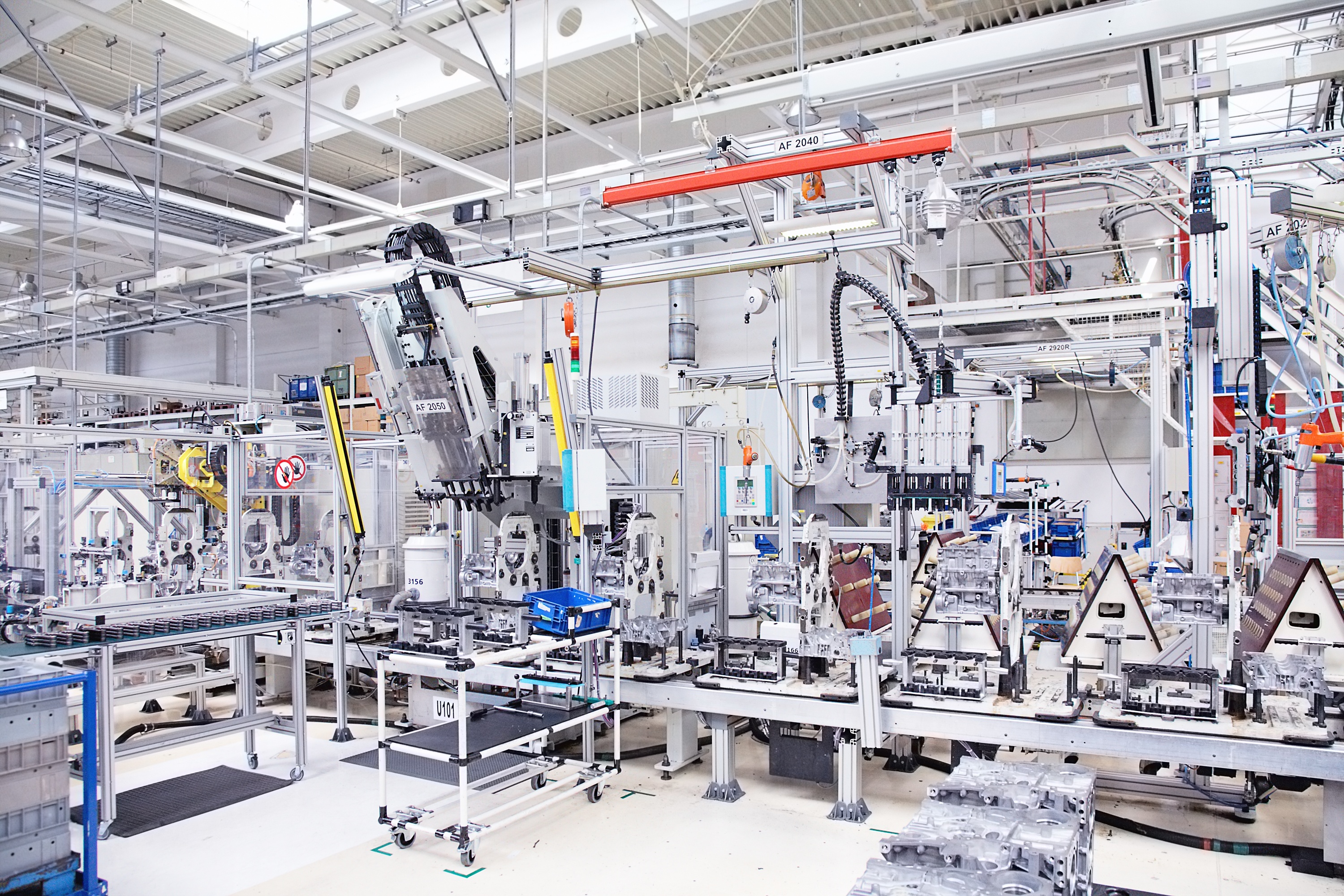What's in a Name?
Names are important. A name can make or break you. A well-chosen name for a product or a company can be the difference between being memorable and...

Every time you purchase something from a cup of coffee to a car, you decide whether the item you’re buying is worth the cost. This has gotten easier with the birth of credit cards, but you still have a decision before you turn over that piece of plastic. (And, to be fair, most of us aren’t buying cars that way.) How does the person on the other end of the transaction decide what to charge?
You know I love coffee and, yes, I’m going there again. Think about the overhead of Starbucks and my local, favorite cup of joe spot. Quite simply, the local place hangs a shingle and uses great product and service to get you in the door. Or, perhaps, you’re fighting buying from “the man” so you go there. Yet the difference in cost is nominal. I pay about the same whether I’m in the corporate coffee realm or the guy that roasts his own in the back.
For the business, the determination of cost may have less to do with what it actually costs to produce that product and more with what the market will bear. What that business – your business – should never lose sight of is how much it actually cost you to make your product. It should be a critical measure for you and it’s really difficult to get without a system to tell you how and how much.
This year, we’re talking all about the numbers you need to make your business work. It doesn’t matter what business you’re in, you need to know performance and that must be before the year’s, month’s or week’s end. If you’re getting your reporting from a team that puts together the last period, then you are learning things too late to make any difference in them. By the end of the term, whatever the length of that period, any lessons learned in trends or issues are long-resolved or forgotten and you are stuck with whatever the result is, rather than what it could have been.
Manufacturing is meant to push stuff out the door. You bring in materials or goods, use people and/or machines to do something to them, and then package them up and get that out to your customers. Whether that work is a simpler distribution of parts and materials or a lengthy and complex set of written instructions to do work for a custom order, you need more than an end-of-period report to know if your team is doing things right.
When things don’t go right, your team is programmed to continue to move or work to resolve it. And that’s exactly what you need them to do in the moment. What you want them to do, however, is an additional piece of work that it would be impossible to do without a digital system. You want them to report each issue, what they did to resolve it and how long it took.
Let’s look at the value of a single job to illustrate how little information you have and what you can do about it. Let’s say you are a contract manufacturer that does fill-in work for standard parts/products when you’re not doing custom contracts. It’s a great way to keep your workforce fully engaged and productive, no matter the order volume of today.
For the purposes of today’s blog, let’s say you make small electric motors. You may have a rotor and stator, the bearings, the commutator, and other small parts that go into the assembly (or build) of these. We will also assume that, visually, most of these are going to look similar to the naked eye, although your more experienced team members may be able to differentiate between the models.
You take an order for 50 small motors that have a slight customization in the size or power of one or more of the parts. The outside case is identical, but the internal workings are just a little different. Maybe you use a higher grade material or they have to withstand more force in the install environment. You also have a few orders for stock parts ramping up across the floor. These will go to finished goods inventory for your team to sell to current customers. Both units/jobs use the same commutator and, today, you have the unfortunate realization that you’re short on commutators for the work you have.
What you have is an unfortunate set of circumstances. You have two jobs fighting for the same shortage of parts. (As an aside here, the same issue could be said of a shortage of people to do the work; this doesn’t have to be a materials issue.) While you have one team place a rush order to acquire more commutators from a nearby storage unit, warehouse, box or vendor, you have another team that needs to know what to do with the ones they have.
Should they just leave the parts where they are and finish whichever job is there? Should they (can they?) assess the different jobs to see which one would be the best one to use those parts on? Would they even know how to do that?
what you NEED
A digital system works faster and more accurately than humans. Every. Single. Time. It can also compare all the alternatives faster than your team can even identify what they are and know which one would be the best for the best possible outcome. You know that something’s going to be delayed. Something will be late. What you need is enough data to know which one that should be.
It seems obvious, perhaps, that you apply the amount you have to the current customer job. You would be wrong. If you can’t actually complete that job with the materials that you have and you’re going to still be short, you will still need to connect with the customer and they may change their mind about what they need or want. This would be helpful to know before you apply and use resources to continue to work on the job only to partially complete it.
What you need to know is how to compare the relative value and timing of the work you have. When will each order be complete? How far can you get on each order with your current stock of commutators? What human, machine or tool resources do you have most available longer-term? You always want to consider your team when making these decisions, because you need certain people to do certain work and that should factor into your choices.
Each job has a unique value to you. A potential sales value. A work order value. A value to your end customer. These metrics should be used to help you decide what to do when. It also helps you determine the health of your company right now, in this moment. You should know the run rate (dollar value) of orders on your shop floor every day or week and how this period compares to that. You should also know the relative performance of your jobs over time. This is more than “if I finish this job, how much money do I get?”
This is about the value of your work to the company itself. And value across a number of metrics is impossible to keep up to date in a paper environment. You need a digital system – paperless manufacturing – to help you both calculate and compare this information. The system should also be able to tell you what you need to do about it. For instance, is the performance of a particular type of job you do strong across the organization with the exception of a single member of your team, or does it fail approximately the same across the entire team? Is there a particular step in your workflow that drives performance of a type of job either up or down?
Without the ability to calculate, compare and communicate this information, you are driving blind. You are, perhaps, performing work in much the same way with much the same results week after week, driving the cost of your business up.
When unfortunate circumstances arise in order production and fulfillment on your shop floor, how well are you prepared to respond? Do your systems support you by providing the analyzed data you need to determine the most cost-effective solution as quickly as possible? This is just one benefit of Complete Production Control. Let us show you the full system. Simply click the button above to connect. Or if you have a question, reach out to info@cimx.com. We are always happy to help.
Contact CIMx Software to see how a Manufacturing Execution System can improve production control for you.

Names are important. A name can make or break you. A well-chosen name for a product or a company can be the difference between being memorable and...

1 min read
Standardized processes and machine automation are the driving forces behind modern manufacturing in the United States. These tools maintain order...

You go to the morning meeting and you hear the stats. The team tells you everything’s on track. You see the board. You note the dials. They all look...